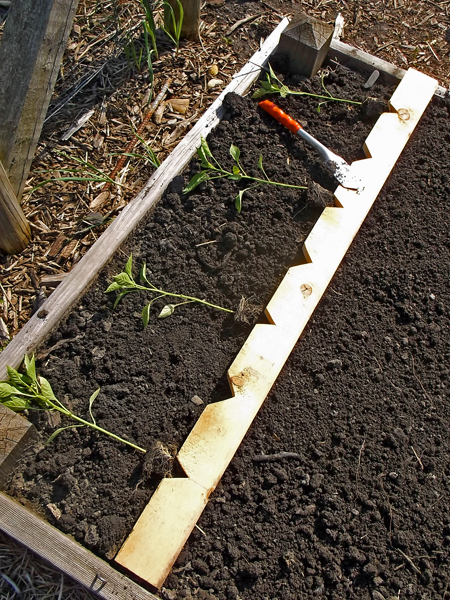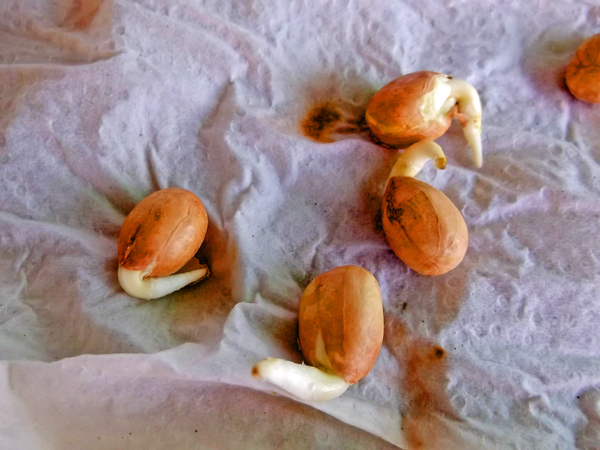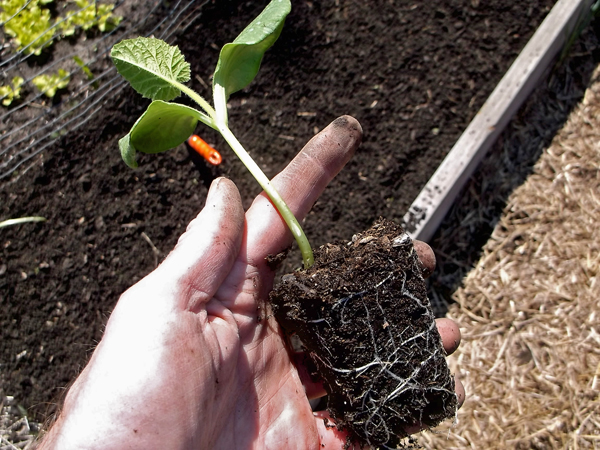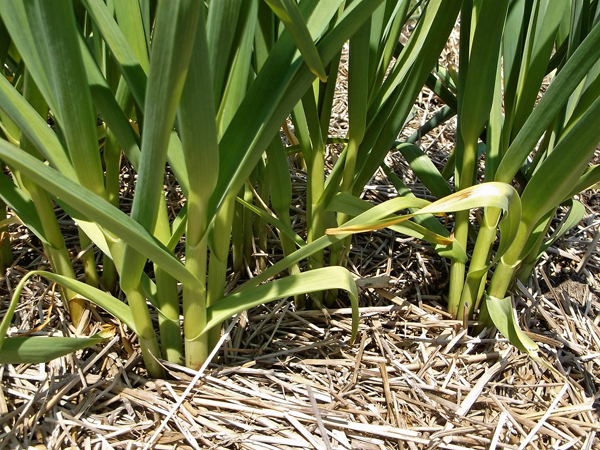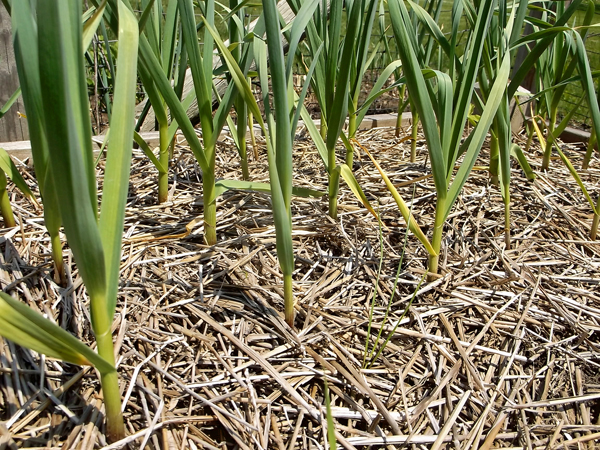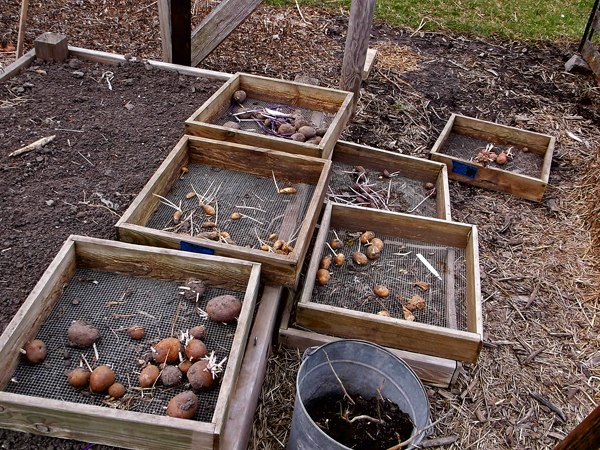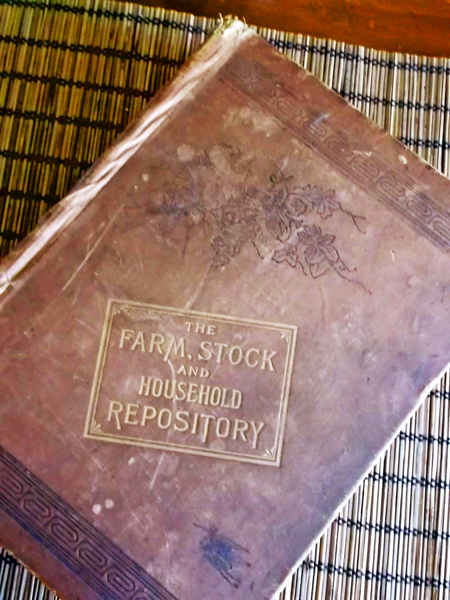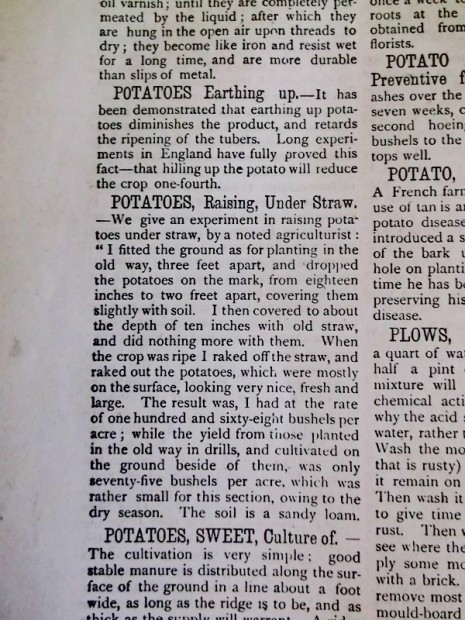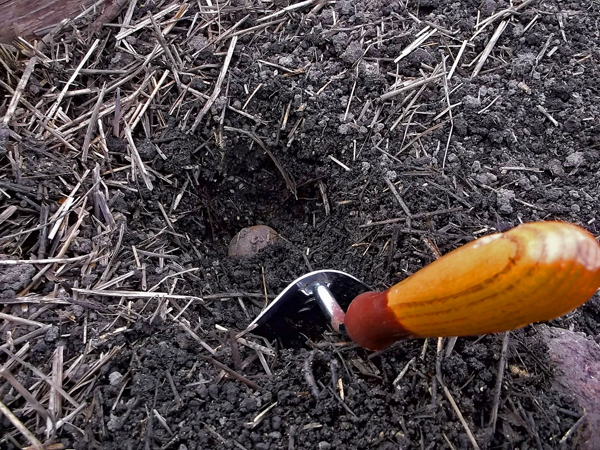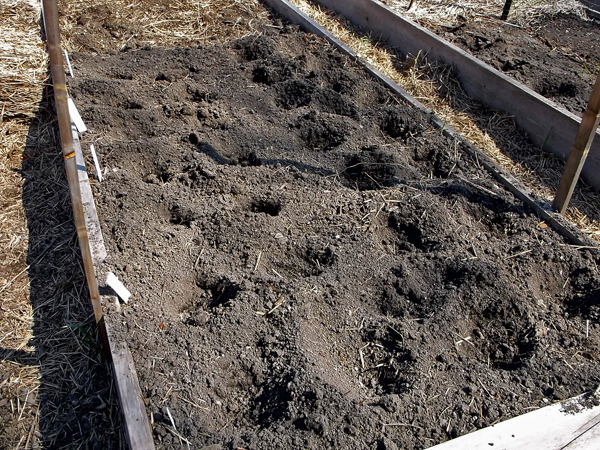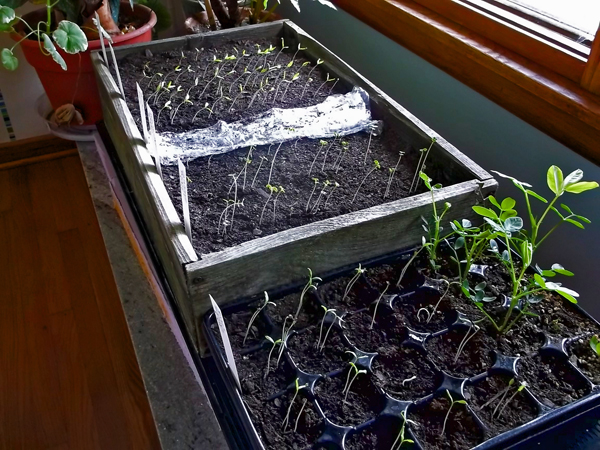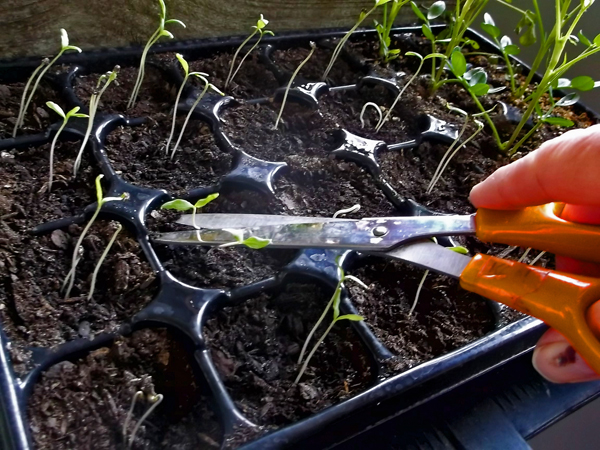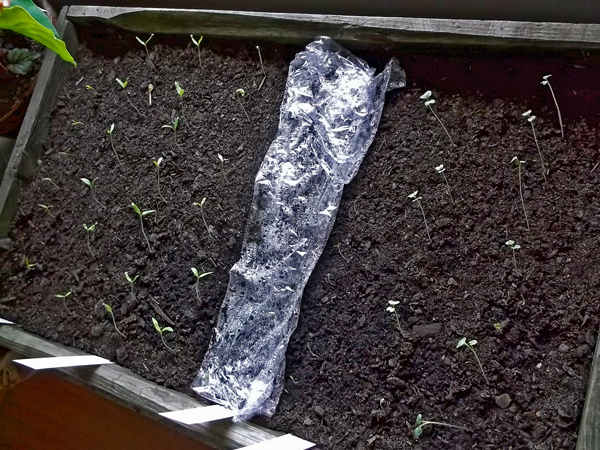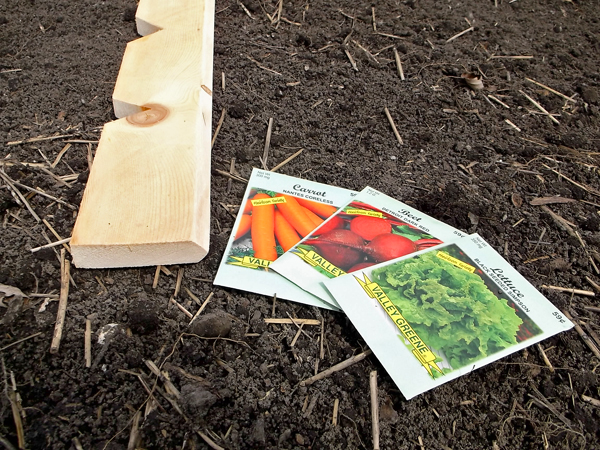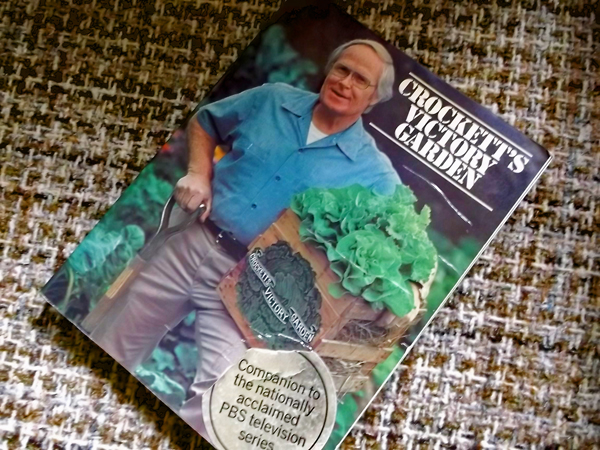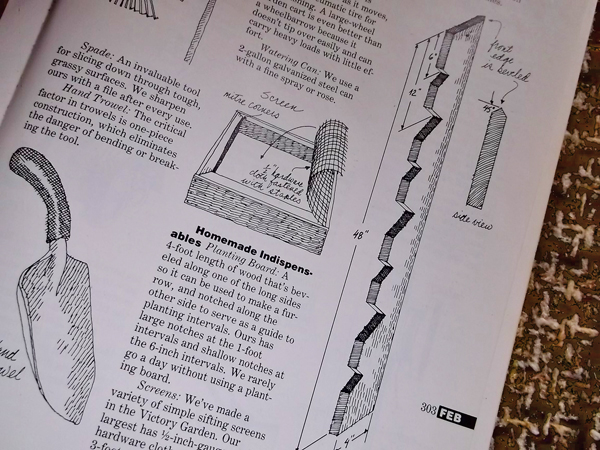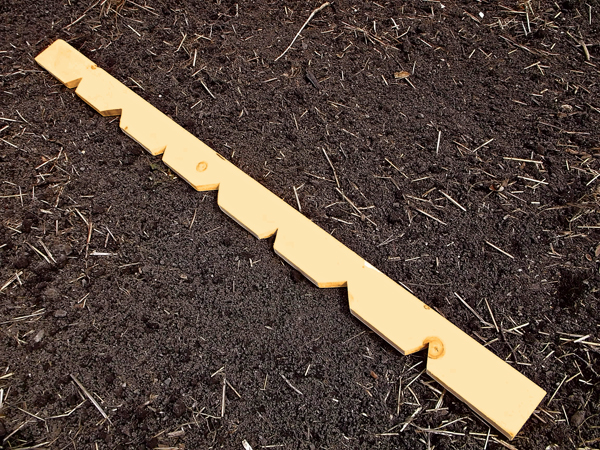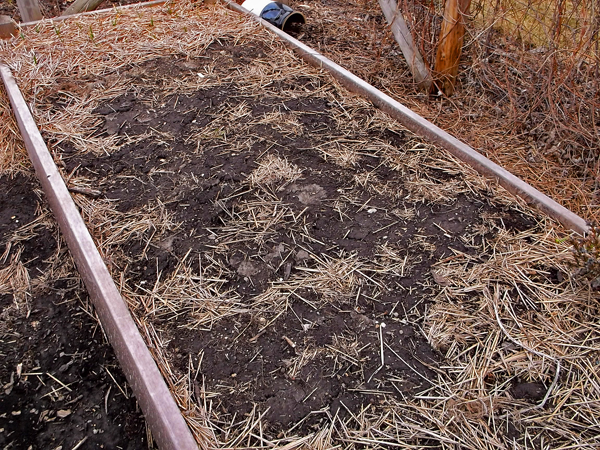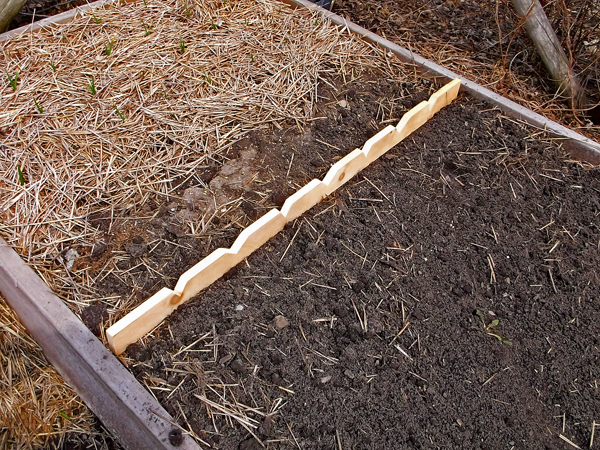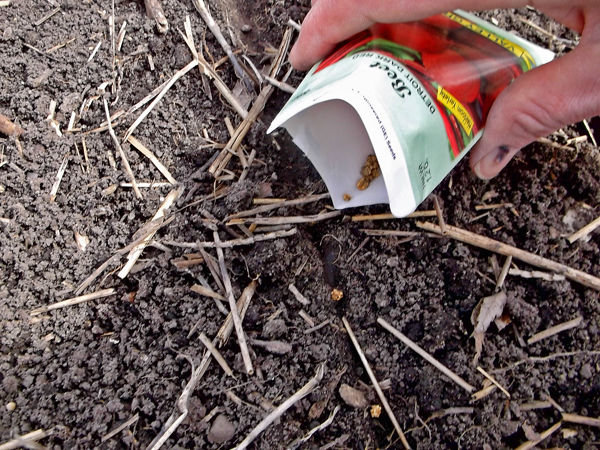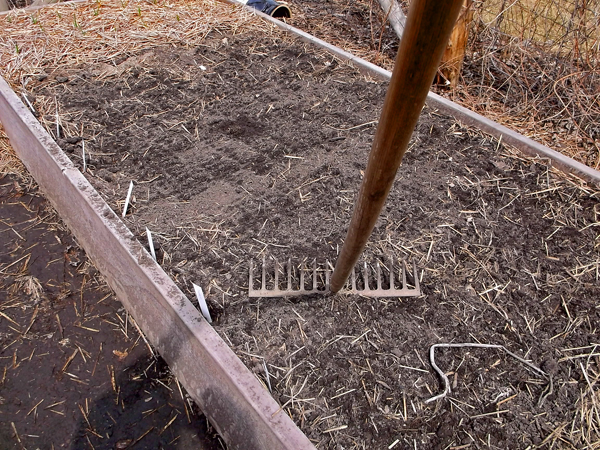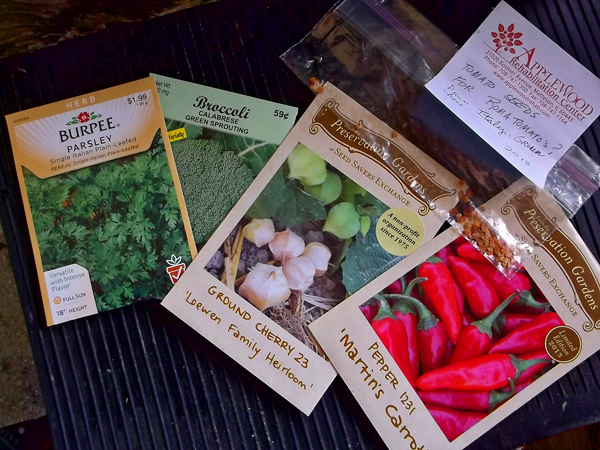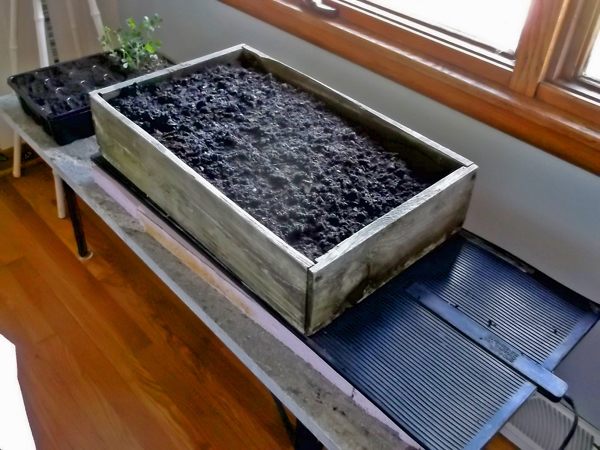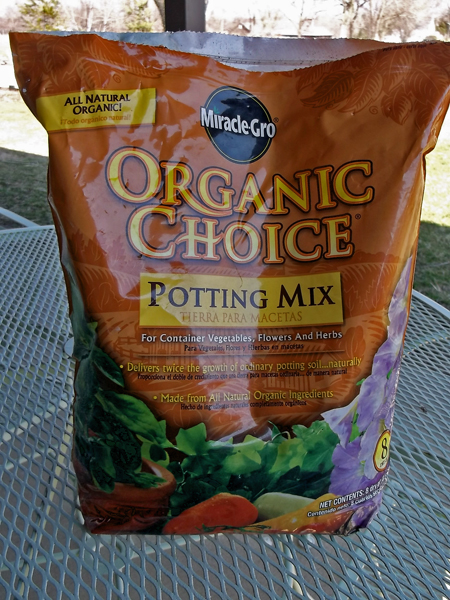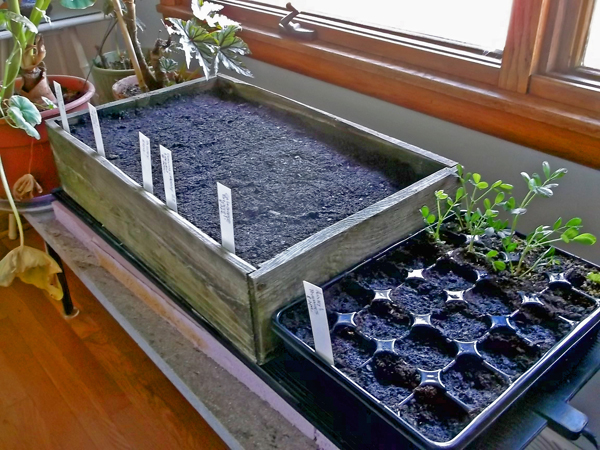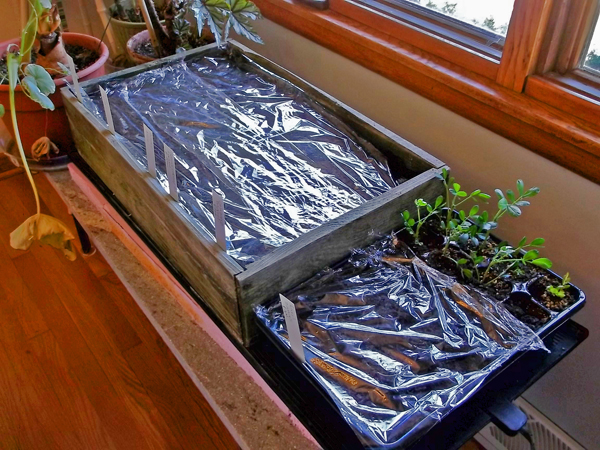This past Sunday, I visited my local flea market in Cedar Lake, Indiana. I've been going to this market for more than thirty years. Prior to being a flea market, it was a chicken ranch - the sheds now hold treasures rather than hens. In the warm months, the vendors set up outside as well. My mission that day was to get some seasonal flowers for outdoor pots and some pepper plants. In early April, I started some seeds indoors, you can read more about that here. Knowing my luck starting seeds inside, and having them be robust plants by the end of May, I decided not to start my green peppers from seed, but rather get them from the vendor that sells them at the flea market - 24 pepper plants for $5.50, and the plants were much larger than the hot peppers that I did start from seed, as seen in the photo below - so unusual plants, I'll start from seeds indoors (as well as easy to start plants such as cucumbers and squash), but common plants such as green peppers, I'd rather buy.
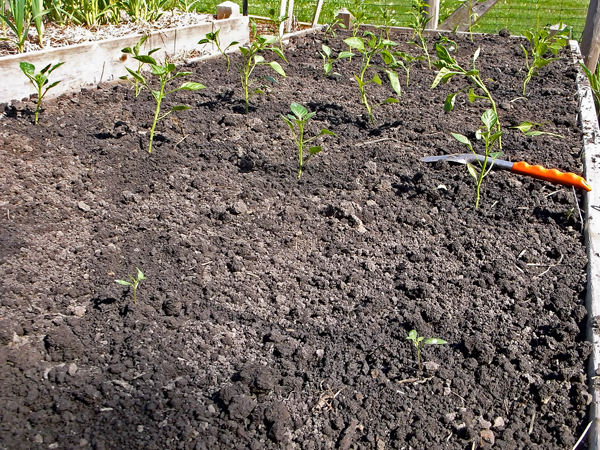
The little pepper plants in the foreground were started indoors six weeks ago. The larger plants, behind them were purchased for less than a quarter a piece. Both methods, have their advantages.
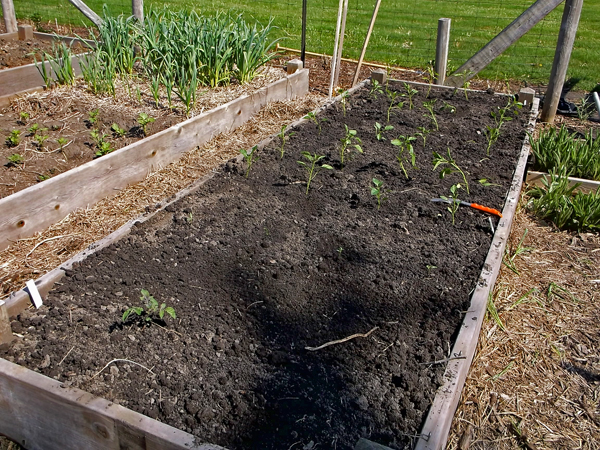
The "bare" area in the foreground has the tiny pepper plants and a row of potatoes just showing some green
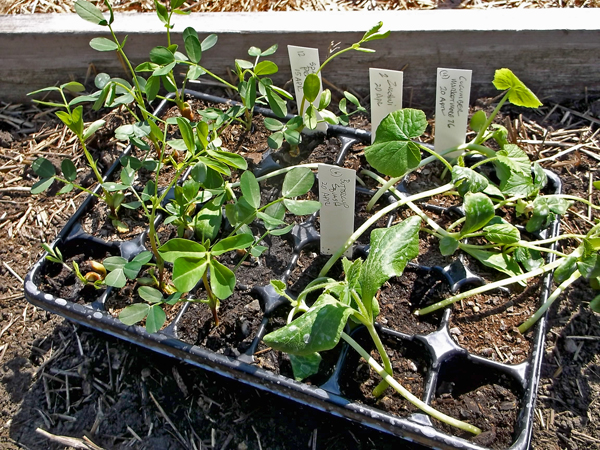
The peanut plants, on the right side of the flat of plants, a month after sprouting indoors, and now ready to plant out in the garden

Peanuts are not know to transplant well, but with a short northern growing season, I felt my odds of getting a crop before frost were increased by starting the seeds indoors, a month before setting them out in the garden.
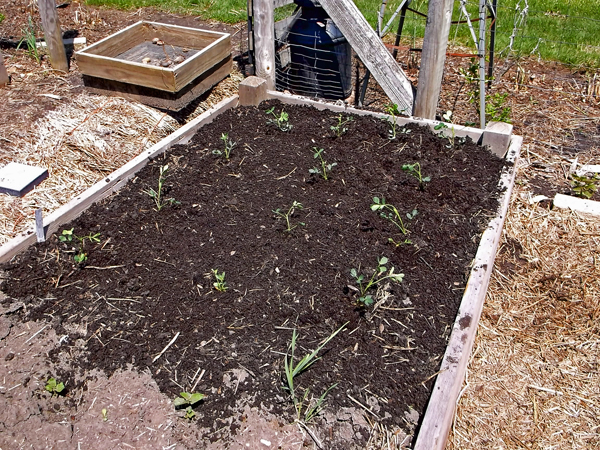
The peanut plants were given about one square foot of soil a piece - a bit more might be be better - but we'll see how this method works out
...And a Few Updates The carrot and beet seeds planted in early April took their time coming up, about three weeks, but are now in need of thinning to about 2 to 3 inches apart. I may wait a bit longer to do this task, as beet greens are good in salads, along with mini carrots, so maybe on the first of June, these plants will get thinned out and put into a salad bowl.
Cucumbers and zucchini plants were planted between the rows of beets and carrots this week. Hopefully, the beets and carrots will have been harvested before the cucumbers and zucchini get too big. A trellis will be installed for the cucumbers to climb up on.The lettuce, seen below, was planted at the same time as the beet and carrot seed in the next bed over - about six weeks ago - it should be ready for a first picking very soon. Four Broccoli plants, that I purchased from a family owned garden center, are doing well and even have little heads already. Last year I purchased my broccoli plants from a big box store, because they looked so nice - they died, one by one, shortly after I planted them in the garden - club root? I'm not sure, but no more Scottish grown plants for me.
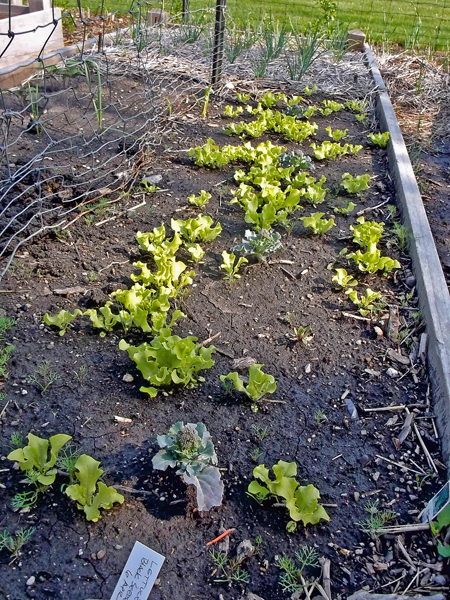
Lettuce seeds were planted the sixth of April - about six weeks ago. The onion-like shallots growing in the rear of the bed were planed last fall, and will be harvested in late summer, when the tops die down. Dill is also coming up from seed dropped last year - swallowtail butterfly larvae eat the leaves of dill, so I let it grow where it is not a problem.

The potato tubers were planted in shallow holes four inches deep, now that the tubers are growing, soil needs to be tossed on top of the new growth, which ultimately will push though this new layer soil/composted wood chips. This process, call "hilling" helps to increase the potato yield.
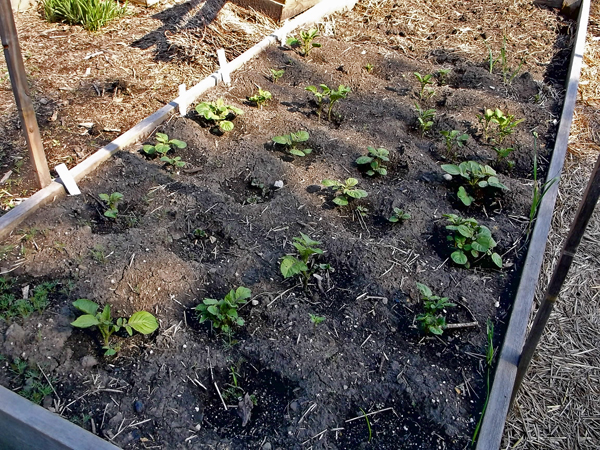
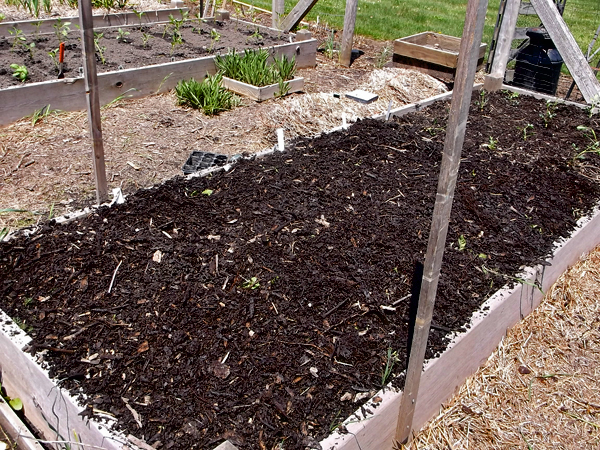 The garlic is looking great. I give my garlic two seasons to grow before harvesting, the garlic shown in the photo below will be pulled in August, when the tops go dormant. In September, a new bed of garlic will be planted from cloves of this year's crop.
The garlic is looking great. I give my garlic two seasons to grow before harvesting, the garlic shown in the photo below will be pulled in August, when the tops go dormant. In September, a new bed of garlic will be planted from cloves of this year's crop.
The garlic planted last September is nowhere near as large - this being only its first season, it will be harvested in August of next year, after its second season of growth - the garlic heads will be much larger at the end of the second season - in a pinch, garlic can be harvested for kitchen use at any time the ground isn't frozen solid. For garlic that is to be stored dry, it needs to be harvested as soon as the leaves turn yellow in late summer, otherwise, it will sprout new leaves soon after.

